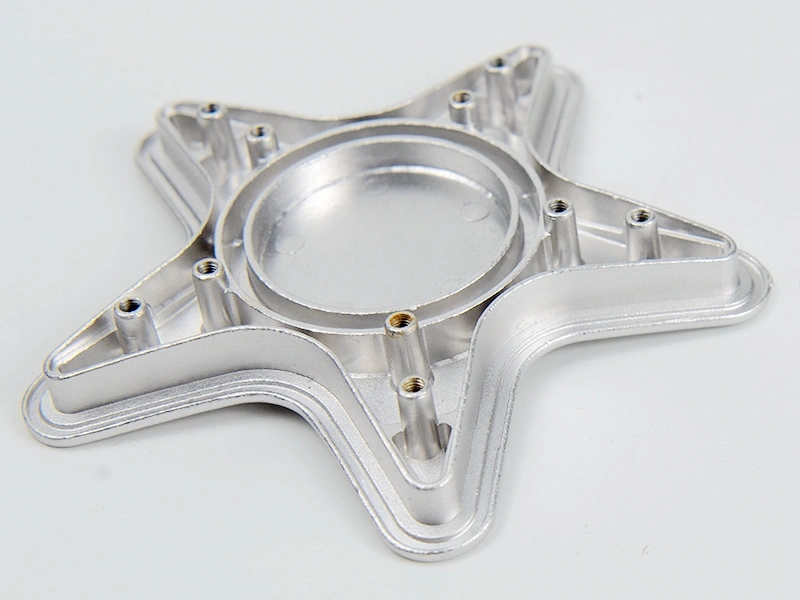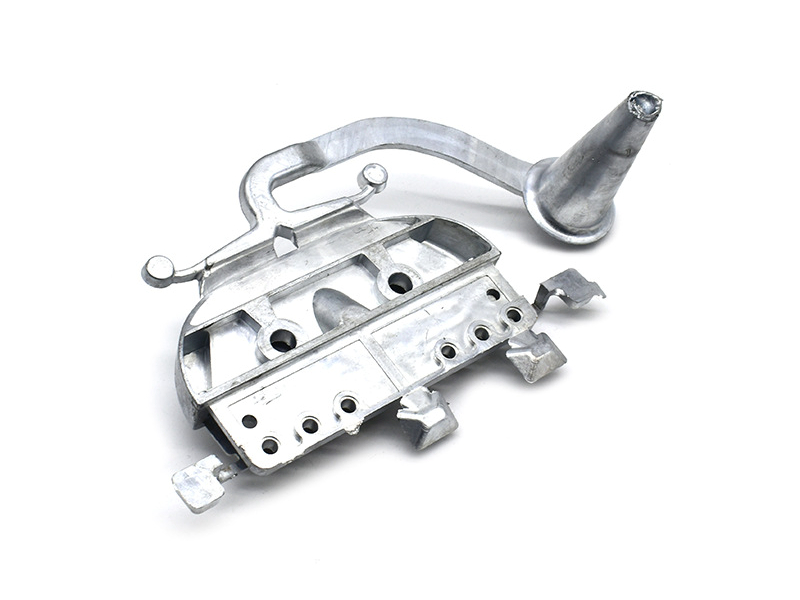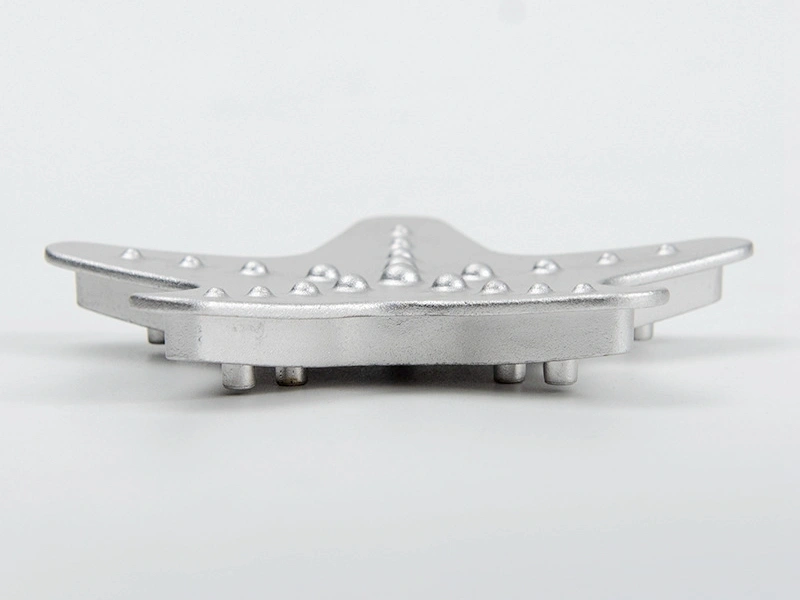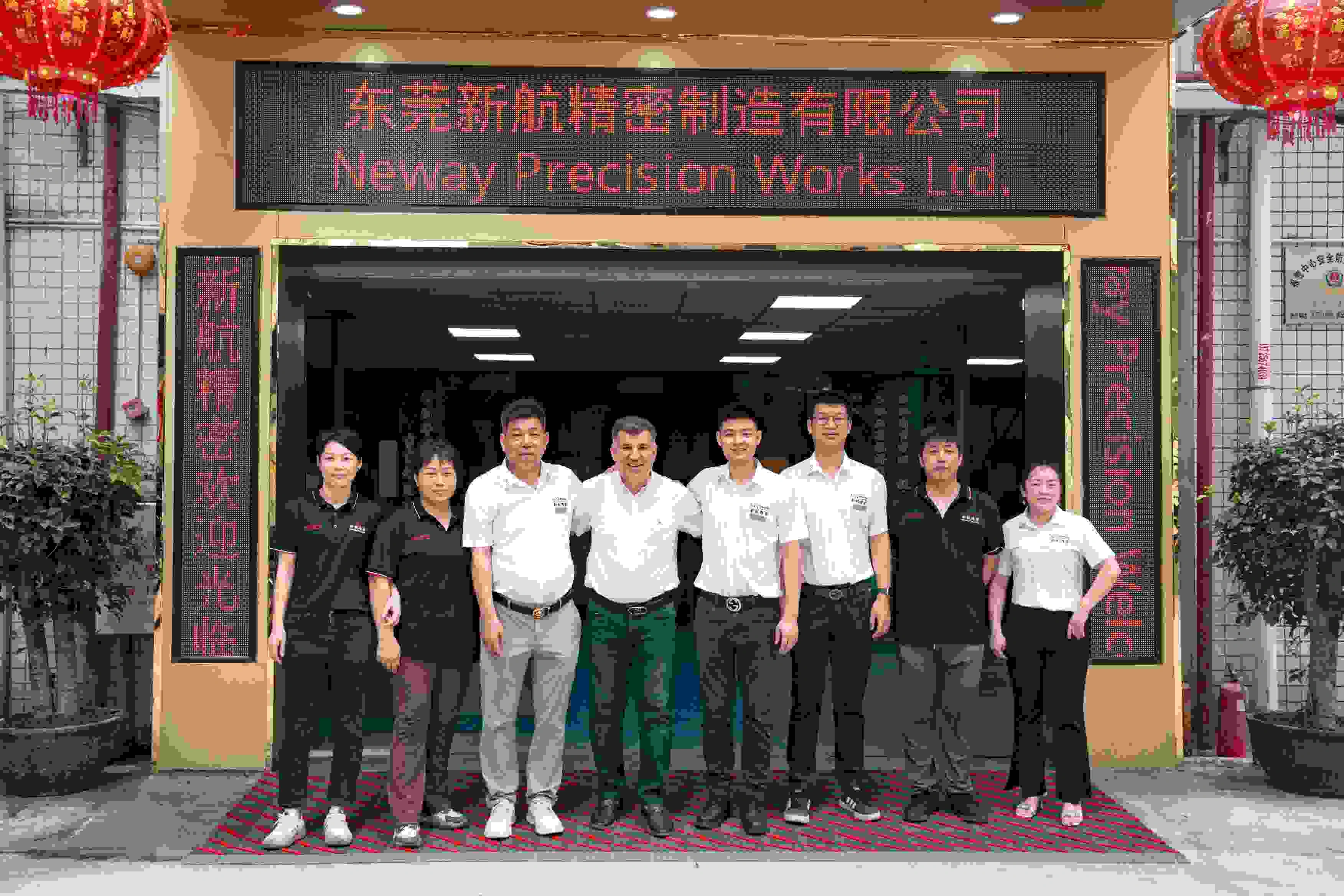Can Zamak cast parts support electroplating for automotive trim?
Can Zamak Cast Parts Support Electroplating for Automotive Trim?
Role of Electroplating in Automotive Trim Applications
Electroplating is widely used in automotive trim to enhance corrosion resistance, improve surface hardness, and deliver a polished, chrome-like appearance. Zamak alloys, particularly Zamak 3 and Zamak 5, are excellent substrates for electroplating due to their fine grain structure and casting precision. These properties make Zamak ideal for chrome-plated door handles, grilles, emblems, and interior accents.
Compatibility of Zamak with Electroplating
Zamak castings are highly compatible with multi-layer electroplating systems. Common electroplated finishes for automotive applications include:
Copper-nickel-chrome (Cu-Ni-Cr) for decorative and corrosion-resistant surfaces
Nickel-only finishes for satin or brushed effects
Black chrome or trivalent chrome for modern design aesthetics
Zamak’s surface properties allow good adhesion of these layers after proper preparation, including degreasing, pickling, and micro-etching.
Advantages of Using Zamak for Plated Trim Parts
High dimensional accuracy for uniform plating thickness
Smooth surface finish minimizes pre-plating polishing
Superior thermal and electrical conductivity compared to plastics
Excellent corrosion protection when combined with multi-layer electroplating
Zamak 3 offers the best plating performance due to its superior stability and lower copper content, while Zamak 5 is used when additional strength is required.
Process Considerations for Electroplated Zamak Parts
Post-casting polishing or shot blasting may be applied to remove minor imperfections
Electroplated layers typically add 20–30 microns of thickness
Stress relief baking is sometimes used before plating to prevent blistering
Proper alloy selection and part design reduce the risk of porosity, which can affect plating quality
Neway applies these quality control steps to ensure consistent surface quality before and after electroplating.
Neway’s Electroplating-Ready Casting Capabilities
Neway produces high-precision zinc die casting components ready for decorative electroplating, including:
Dimensional and surface control through in-house tool and die making
Optional post-processing like polishing or tumbling before plating
Coordination with plating suppliers to meet OEM automotive appearance and durability standards



